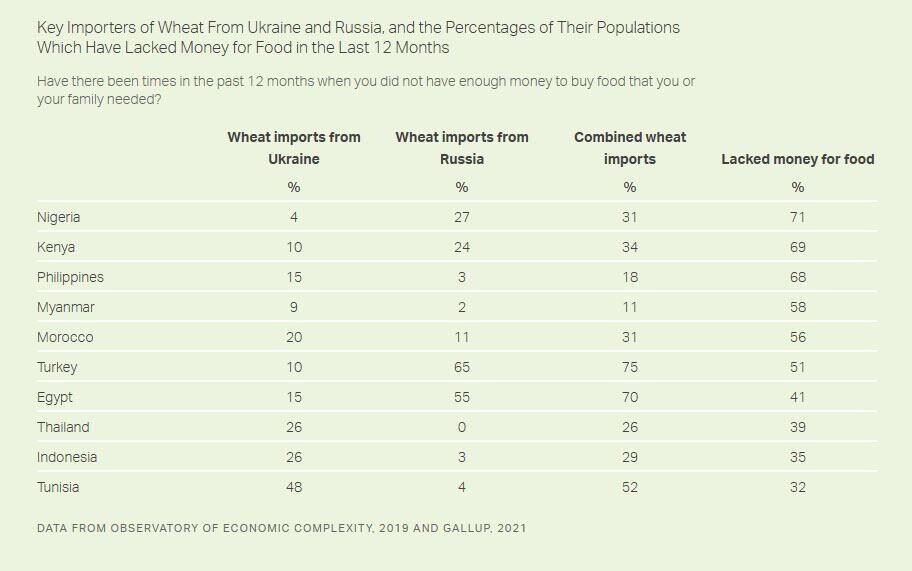Although the role of food prices in the Arab Spring—December 2010 - December 2012—has been overemphasized relative to the machinations of the U.S. CIA and Hillary Clinton's State Department to inflame what was actually a manageable situation:
If interested see also:
An Analysis of the Alinsky Model
Although the rise in food prices in 2011 -2012 has been over-emphasized in the pseudohistory* of that period of regime change, it is a real concern of ordinary people and thus their self-annointed rulers.
From ZeroHedge:

note: Example #10 on Syria's 2005 - 2008 drought links to a paper that lays the blame for Syria's civil war on human-caused climate change.
This may be in error as 1) attribution studies are tricky beasties. 2) the assumed proximal source of conflict, crop failure, was found by later research to not have occurred with anywhere near the assumed extent.
3) A factor in bringing on the civil war, at least as large as the weather, was the fact the West, led by the United States as part of the Arab Spring, decided to arm counter-Assad ISIS and other Jihadi forces to overthrow the Assad government.
And:
"The WEF Global Risks Interconnections Map"
I was debating whether to post this because the author uses a weather/climate attribution for the 2011 Arab Spring uprisings that is not really true. I'm sure the folks at New England Complex Systems Institute meant well but, as just one example, Syria, the poster child of the of the climate > conflict story favored by the explainers and attributors of that time was brought to civil war, not by the drought that was going on but by Western governments exporting weapons from Libya to Syria (the ratlines) after the murder of Gaddafi. The amount of wheat on the Syrian market did not fall as much as some have portrayed, and with government-backed imports there was nothing that odd going on. It was after the war was started that wheat production was cut in half, and by 2015 the academics were calling out the specious claims:
https://blogs.kcl.ac.uk/geography/2015/12/09/why-prince-charles-is-wrong-on-syria-and-climate-change/We were keeping a pretty close eye on things and did not see what the fabulists were pitching.
All that being said the graph is interesting....